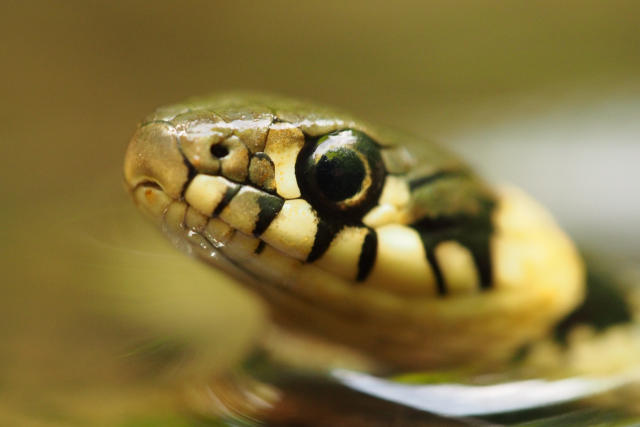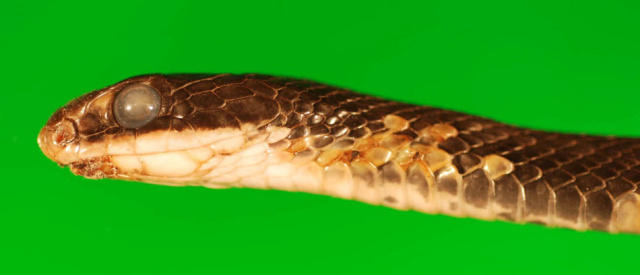A killer snake fungus has been found in wild British snakes for the first time
Posted on July 20, 2017 by Anand Jagatia
Back in April 2016, we wrote about an emerging disease that’s been killing wild snake populations in North America. Snake fungal disease, or SFD, is an infection that leads to blisters and lesions on snakes’ skin, turning scales yellow and crusty, and making eyes clouded and milky. Last year, scientists identified that the disease is caused by Ophidiomyces ophiodiicola, a fungus that eats the keratin in infected tissue (the same protein found in nails and hair, although O. ophiodiicola only infects snakes).
SFD is of growing concern in the eastern US, where it’s causing declines in already fragile snake populations. Now, for the first time, SFD has been detected in wild snakes outside America – here in Great Britain it’s been found in grass snakes, while in mainland Europe a single infected dice snake has been identified.

This international study, led by Zoological Society London (ZSL), with partners including the U.S. Geological Survey, looked at over 300 moulted snakeskins and 30 snake carcasses, including specimens provided by members of the public. By analysing the fungus isolates from these snakes, the authors hope to shed some light on the origin of the disease.
“We’ve looked at the genetics and also the culture characteristics of the fungus isolates from wild snakes in Europe and North America, and it’s clear that they are distinct from each other,” says Becki Lawson, from ZSL’s Institute of Zoology.
“They fall into separate clades [evolutionary groups], therefore there’s no evidence to suggest that the fungus has been introduced into Europe from North America, or indeed vice versa.”
Scientists still don’t understand the reasons for SFD emergence in the USA, or its prevalence or impact in Europe. The pathogen could have been introduced to the US or Great Britain from another part of the world, or it may have been present in these countries natively for a long time. It’s possible that environmental changes like habitat destruction and climate change are stressing snake populations, making them more vulnerable to disease.

Next steps include determining if the other two snake species native to Great Britain – adders and smooth snakes – are also susceptible to SFD, and if the disease is having any impacts at the population level. Future research will include analysing tissues from snake post-mortems and may also include swabbing wild snakes, This is because shed skins, although very valuable for being cost-effective and non-invasive, aren’t perfect for detecting the disease. Multiple skins could belong to the same snake, or Ophidiomyces ophiodiicola may have been transferred to them from the environment. Or, even if the infection is real, it might not be causing disease.
“We hope to continue to collaborate with researchers and herpetologists from other countries,” says Becki. “The more that we can compare strains of the fungus from different regions of the world, the better chance we have to understand the reasons for disease emergence.”
Worryingly, the increase in SFD is part of a broader rise in fungal pathogens worldwide. White-nose syndrome is an infection that’s killed millions of bats across the US and Canada. And a chytrid fungus that’s decimating amphibian populations around the world, driving some species to extinction, is causing the greatest disease-driven loss of biodiversity ever documented.
Human activities – by spreading fungi through trade or transport and modifying natural environments – are intensifying the threat of these diseases, meaning we could face the loss of many more animals, and potentially, more species.
